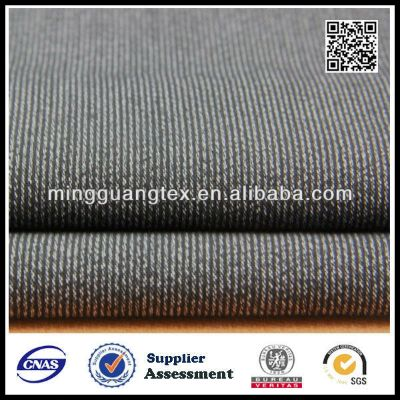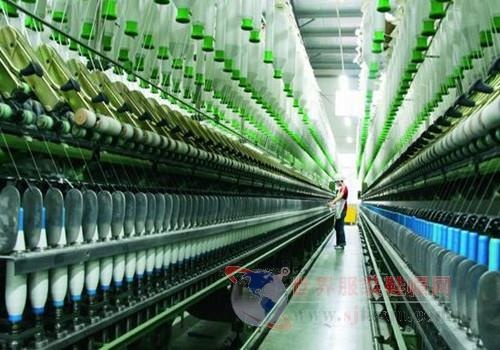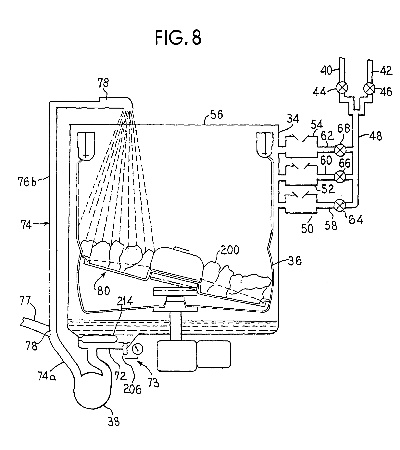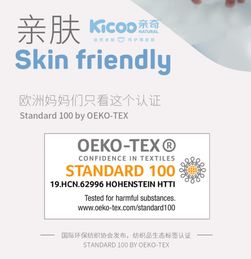Strategies for the Development of Chinas Textile Trade
In recent years, the textile trade of China has experienced rapid development, driven by the increasing demand for textile products and the opening up of the global economy. To further promote the development of China's textile trade, several strategies have been proposed. Firstly, China should strengthen its technological innovation and improve the quality and design of textile products to meet the needs of international markets. Secondly, China should expand its export channels and increase its market share in foreign markets through cooperation with other countries and regions. Thirdly, China should establish a more open and transparent trading environment to attract more foreign investment and promote the development of the textile industry. Finally, China should also focus on developing new types of textile products and exploring new markets to diversify its trade structure and enhance its competitiveness in the global market.
Introduction: The textile industry is one of China's most important industries, contributing significantly to its economy and employment. However, with global competition intensifying, it is essential to develop effective strategies to maintain and grow this sector. This presentation will discuss key areas where China can enhance its textile trade, including innovation, market expansion, and policy support.
I. Innovation and Technological Advancement
A. Strengthening R&D Investment China should increase its investment in research and development (R&D) to improve technology and product quality. For example, the Chinese government has launched several national-level projects aimed at enhancing textile technology, such as the "14th Five-Year Plan" for the Textile Industry.
B. Embracing Sustainable Practices As consumers become more environmentally conscious, sustainable practices are becoming increasingly important. China can adopt eco-friendly materials and processes to reduce its carbon footprint. One example is the use of recycled polyester fibers in clothing production.

C. Emphasizing Digitalization Digitalization can help streamline operations, improve efficiency, and enhance customer experience. China could invest in digital platforms that enable online transactions, virtual showrooms, and e-commerce platforms.
II. Market Expansion and Diversification
A. Expanding Global Markets China should actively explore new markets, particularly in developing countries, where there is a significant demand for its products. For instance, India and Brazil have shown high growth potential in recent years due to their growing middle class.
B. Enhancing Brand Recognition Brand recognition is crucial for success in international markets. China can strengthen its brand by investing in marketing campaigns, creating unique designs, and collaborating with renowned designers and brands.
C. Adapting to Local Market Requirements Each market has unique cultural and consumer preferences. China must adapt its products and marketing strategies to meet local needs and preferences. For example, in Europe, China's textile companies need to focus on sustainability and ethical production practices to appeal to consumers.
III. Policy Support and Regulation
A. Establishing International Trade Agreements China should work towards establishing favorable trade agreements with major international markets to facilitate imports and exports. For example, the China-US Free Trade Agreement (CUFTA) has been instrumental in boosting trade between the two countries.
B. Providing Fiscal Incentives Governments can provide tax incentives or subsidies to encourage investment in the textile industry. For instance, the Chinese government offers tax breaks for export-oriented enterprises.
C. Enforcing Compliance with International Standards China must ensure compliance with international standards such as ISO certification to enhance its competitiveness in the global market. This includes implementing stringent quality control measures and ensuring compliance with international regulations.
IV. Case Study: Tencent Textiles
Tencent Textiles is a leading Chinese textile company that has successfully expanded its market presence globally through innovative strategies. The company invests heavily in R&D to develop high-quality and sustainable textile products. It also adopts digital technologies to enhance efficiency and customer experience. Tencent Textiles has established partnerships with renowned designers and brands to enhance its brand recognition. Furthermore, it focuses on tailoring its products to local market requirements, offering sustainable and ethical options to appeal to consumers in various markets.
Conclusion: In conclusion, the development of China's textile trade requires a multifaceted approach that combines innovation, market expansion, policy support, and technological advancement. By embracing these strategies, China can continue to grow its textile industry while maintaining its competitive edge in the global market.
中国作为全球纺织品贸易的重要国家,近年来在纺织品贸易领域取得了显著的发展,随着全球贸易环境的不断变化,中国纺织品贸易也面临着诸多挑战,本文将探讨中国纺织品贸易的发展对策,并提出相应的案例分析。
中国纺织品贸易发展现状
纺织品贸易规模与增长
近年来,中国纺织品贸易规模持续扩大,出口市场多元化,涉及多个国家和地区。
贸易结构与特点
中国纺织品以高品质、高附加值的产品为主,同时注重环保、可持续性,在国际贸易中,中国纺织品具有较强的竞争力。
中国纺织品贸易发展对策
优化产业结构

(1)加强自主品牌建设
鼓励企业加强自主品牌建设,提高产品质量和附加值,加强知识产权保护,防止侵权行为。
(2)推动绿色贸易发展
加强环保、可持续性方面的投入,推动绿色贸易发展,通过提高产品质量、降低能耗、减少污染等方式,提高产品的环保性能和竞争力。
深化国际合作与交流
(1)加强与世界各国的贸易合作
加强与世界各国的贸易联系和合作,扩大市场覆盖面,通过参加国际展会、建立贸易平台等方式,促进贸易合作。
(2)利用国际市场资源优化供应链管理
利用国际市场资源优化供应链管理,提高供应链的效率和灵活性,通过引进先进技术、人才等资源,提高供应链的竞争力。
创新贸易模式与业态
(1)发展跨境电商平台
发展跨境电商平台,提高贸易便利化程度,通过线上销售、物流配送等方式,降低贸易成本和风险。
(2)发展定制化纺织品贸易
发展定制化纺织品贸易,满足消费者个性化需求,通过定制化生产、个性化设计等方式,提高产品的附加值和竞争力。
案例分析:中国纺织品贸易的发展实践
以某知名纺织品出口企业为例,其近年来在纺织品贸易领域取得了显著的发展,该企业在产业结构优化、国际合作与交流、创新贸易模式与业态等方面采取了以下措施:
-
产业结构优化:加强自主品牌建设,提高产品质量和附加值;同时注重环保、可持续性方面的投入,推动绿色贸易发展,该企业在国内外市场上建立了多个自主品牌,提高了产品的知名度和竞争力。
-
国际合作与交流:加强与世界各国的贸易联系和合作,扩大市场覆盖面,该企业积极参加国际展会、建立贸易平台等,促进了国际贸易合作和交流,该企业还利用国际市场资源优化供应链管理,提高了供应链的效率和灵活性。
-
创新贸易模式与业态:发展跨境电商平台和定制化纺织品贸易,该企业通过线上销售、物流配送等方式,降低了贸易成本和风险;同时通过定制化生产、个性化设计等方式,提高了产品的附加值和竞争力,该企业还积极推动绿色贸易发展,提高了产品的环保性能和竞争力。
中国纺织品贸易面临着诸多挑战,但同时也面临着巨大的机遇,为了实现纺织品贸易的持续发展,需要优化产业结构、深化国际合作与交流、创新贸易模式与业态等方面的发展对策,需要结合实际情况,采取有效的措施和策略,推动纺织品贸易的发展。
Articles related to the knowledge points of this article:
Exploring the Wonderland of Disney Home Textiles
Exploring the Art of Handmade Textiles:A Tutorial for Beginners



